Home>Technology>Home Entertainment Systems>Why Is My Projector Making Noise


Home Entertainment Systems
Why Is My Projector Making Noise
Published: December 30, 2023
Discover the reasons why your home entertainment system's projector is making noise and how to troubleshoot the issue. Ensure a quiet and enjoyable viewing experience.
(Many of the links in this article redirect to a specific reviewed product. Your purchase of these products through affiliate links helps to generate commission for Storables.com, at no extra cost. Learn more)
Introduction
Welcome to the immersive world of home entertainment systems, where the magic of cinema comes to life within the comfort of your own home. Projectors play a pivotal role in recreating the cinematic experience, allowing you to enjoy larger-than-life visuals and captivating audio without leaving your living room. However, just like any sophisticated piece of technology, projectors can sometimes exhibit unexpected behaviors, such as making unusual noises. If you've ever found yourself wondering, "Why is my projector making noise?" you're not alone.
In this comprehensive guide, we'll delve into the common causes of projector noise, ranging from minor inconveniences to potential warning signs of more significant issues. By understanding the root causes of these disturbances, you'll be better equipped to address them effectively, ensuring that your home theater remains a haven of cinematic bliss. So, let's embark on a journey to unravel the mysteries of projector noise and discover practical solutions to restore serenity to your viewing experience.
Key Takeaways:
- Regular cleaning and maintenance are crucial to reduce projector noise caused by dust buildup, fan issues, and environmental factors, ensuring a peaceful home theater experience.
- Timely replacement of faulty parts, such as the fan, color wheel, or lamp, is essential to restore optimal functionality and silence disruptive sounds in your projector.
Read more: Why Is My HVAC Making Noise
Common Causes of Projector Noise
Projectors are intricate devices that rely on various components working harmoniously to deliver stunning visuals. However, when these components encounter issues, they may manifest as unwelcome noises that disrupt your viewing pleasure. Here are some common culprits behind projector noise:
- Fan Issues: The cooling fan in a projector is essential for regulating internal temperature. Over time, dust and debris can accumulate, causing the fan to produce a noticeable whirring or buzzing sound. Additionally, a malfunctioning fan may emit irregular noises, signaling the need for maintenance or replacement.
- Color Wheel Problems: DLP (Digital Light Processing) projectors feature a color wheel responsible for producing vibrant hues. If the color wheel becomes unbalanced or damaged, it can generate a distinct humming or whirring noise, indicating a potential issue that warrants attention.
- Lamp Issues: Projector lamps, particularly those nearing the end of their lifespan, can generate buzzing or popping sounds. This may signify that the lamp is reaching the end of its usability and requires a replacement to restore optimal performance.
- Dust Buildup: Accumulated dust within the projector’s internal components can interfere with smooth operation, leading to irregular noises. Regular maintenance to remove dust and debris can mitigate this common source of projector disturbances.
Understanding these common causes of projector noise is the first step toward addressing any disruptions in your home theater experience. By identifying the specific source of the noise, you can implement targeted solutions to restore your projector’s tranquility and ensure an uninterrupted cinematic journey.
Fan Issues
Within a projector, the cooling fan serves a crucial role in regulating the internal temperature of the device. As the projector operates, the fan expels heat generated by the lamp and other internal components, preventing overheating and ensuring optimal performance. However, over time, the fan can encounter issues that manifest as disruptive noises, signaling the need for attention and potential maintenance.
One of the primary culprits behind fan-related projector noise is the accumulation of dust and debris. As the fan draws in air to cool the projector, it also pulls in particles from the surrounding environment. Over time, these particles can build up within the fan and its housing, leading to an audible whirring or buzzing sound. This noise is a clear indicator that the fan is struggling to operate smoothly due to the presence of foreign particles.
Additionally, a malfunctioning fan motor can produce irregular noises, such as clicking or grinding sounds. This may indicate a mechanical issue within the fan assembly, requiring prompt attention to prevent further damage and restore the fan’s functionality. Ignoring these noises can lead to overheating and potential damage to the projector’s internal components, underscoring the importance of addressing fan issues in a timely manner.
To mitigate fan-related projector noise, regular maintenance is essential. This involves periodic cleaning of the fan and its surroundings to remove accumulated dust and debris. By keeping the fan and its housing free from obstructions, you can promote smooth airflow and reduce the likelihood of disruptive noises. Additionally, if the fan exhibits signs of mechanical failure, such as persistent irregular noises, it may be necessary to replace the fan assembly to restore optimal functionality and silence any disruptive sounds.
By understanding the significance of the cooling fan and the potential issues it may encounter, you can proactively address fan-related projector noise, ensuring that your home theater remains a bastion of cinematic tranquility.
Color Wheel Problems
Color wheels are integral components of DLP (Digital Light Processing) projectors, playing a pivotal role in producing vibrant and accurate hues that enrich the visual experience. However, when the color wheel encounters issues, it can manifest as noticeable noises that disrupt the immersive ambiance of your home theater.
One common cause of color wheel-related noise is an imbalance within the wheel itself. Over time, the color wheel’s delicate balance can be compromised, leading to irregular spinning and generating a distinct humming or whirring sound. This audible indication of imbalance signals a potential issue that requires attention to ensure the color wheel operates smoothly and without disruption.
In addition to balance-related concerns, physical damage to the color wheel can also lead to disruptive noises. Whether due to impact or general wear and tear, a damaged color wheel may emit unusual sounds, such as clicking or grinding, indicative of mechanical distress. Recognizing these noises as potential signs of color wheel problems allows you to take proactive measures to address the issue before it escalates.
When confronted with color wheel-related projector noise, it’s essential to consider the potential causes and solutions. In some cases, a professional inspection and recalibration of the color wheel may be necessary to restore its balance and eliminate disruptive noises. For instances of physical damage, such as a cracked or misaligned color wheel, replacement may be the most effective course of action to ensure optimal performance and silence any unwelcome sounds.
By understanding the significance of the color wheel and the potential issues it may encounter, you can proactively address color wheel-related projector noise, preserving the captivating visual experience and maintaining the tranquil ambiance of your home theater.
Lamp Issues
Projector lamps are vital components that illuminate the visuals in your home theater, providing the vibrant and immersive experience that brings cinematic magic to life. However, as these lamps near the end of their lifespan or encounter operational issues, they may produce distinct noises that disrupt the tranquility of your viewing experience.
One common source of noise related to projector lamps is the buzzing or popping sound that can emerge as the lamp approaches the end of its usability. This audible indication often signals that the lamp is nearing the end of its lifecycle, prompting the need for a replacement to restore optimal performance and silence any disruptive noises. Ignoring these sounds can lead to a sudden loss of illumination, interrupting your viewing sessions and necessitating an urgent lamp replacement.
In addition to end-of-life noises, projector lamps may also emit popping sounds if they are not properly seated within the lamp housing. This can occur due to thermal expansion and contraction, causing the lamp to shift slightly and produce audible disturbances. Ensuring that the lamp is securely and correctly installed can mitigate these noises, preserving the immersive ambiance of your home theater.
Furthermore, if the projector lamp is experiencing electrical issues, such as irregular power supply or fluctuations, it may generate buzzing or crackling sounds. These noises serve as warnings of potential electrical issues that can impact the lamp’s performance and longevity. Addressing these concerns promptly through professional inspection and maintenance can prevent further disruptions and extend the lifespan of the projector lamp.
Understanding the potential sources of noise related to projector lamps empowers you to take proactive measures to maintain a serene home theater environment. Whether through timely lamp replacements, ensuring proper installation, or addressing electrical anomalies, you can safeguard the captivating visuals and immersive experience that define your cinematic journey.
Read more: Why Is My Water Pump Making Noise
Dust Buildup
Within the intricate confines of a projector, dust and debris can accumulate over time, potentially leading to disruptive noises and impeding the device’s optimal performance. The presence of dust within the projector’s internal components can give rise to various audible disturbances, signaling the need for proactive maintenance to preserve the tranquility of your home theater.
One common consequence of dust buildup within a projector is the generation of irregular noises, such as buzzing, whirring, or crackling sounds. These noises often stem from the interference caused by dust particles within moving parts or the cooling system, disrupting the smooth operation of the device. Recognizing these noises as potential indicators of dust-related issues allows you to take targeted measures to restore the projector’s serenity.
Moreover, the accumulation of dust can impact the efficiency of the projector’s cooling system, leading to increased fan noise as the device attempts to regulate its internal temperature. This heightened fan noise can detract from the immersive experience of your home theater, underscoring the importance of regular maintenance to mitigate dust-related disturbances.
To address dust buildup and its associated noises, periodic cleaning of the projector’s internal components is essential. This involves carefully removing accumulated dust and debris from the fan, color wheel, lamp assembly, and other critical parts, ensuring unhindered operation and minimizing disruptive noises. Additionally, maintaining a dust-free environment around the projector can help prevent the ingress of particles, reducing the likelihood of future disturbances.
By recognizing the impact of dust buildup on projector performance and sound output, you can proactively address these concerns through diligent cleaning and maintenance. By preserving a dust-free environment within the projector and its surroundings, you can uphold the tranquil ambiance of your home theater and savor uninterrupted cinematic bliss.
Check if the projector’s fan is clogged with dust. Clean the fan and vents to improve airflow and reduce noise. Regular maintenance can prevent this issue.
Solutions to Projector Noise
Addressing projector noise requires a methodical approach aimed at identifying the underlying causes and implementing targeted solutions to restore the serene ambiance of your home theater. By understanding the common sources of projector disturbances, you can proactively engage in maintenance and remedial measures to mitigate noise and preserve the immersive cinematic experience.
Cleaning and Maintenance
Regular cleaning and maintenance constitute the cornerstone of mitigating projector noise stemming from dust buildup, fan issues, and other environmental factors. By adhering to a structured cleaning regimen, you can minimize the accumulation of dust within the projector, ensuring unhindered operation and reducing the likelihood of disruptive noises. This includes gently removing dust from the fan, color wheel, lamp assembly, and other critical components, as well as maintaining a dust-free environment around the projector to prevent the ingress of particles.
Replacing Faulty Parts
When confronted with projector noise attributed to malfunctioning components such as the fan, color wheel, or lamp, timely replacement of these parts is essential to restore optimal functionality and silence disruptive sounds. Whether through professional servicing or DIY replacement, addressing faulty components ensures that the projector operates smoothly, free from the audible disturbances that detract from the viewing experience.
By embracing these solutions and integrating them into your projector maintenance routine, you can effectively combat noise-related issues and uphold the tranquil ambiance of your home theater. Through proactive cleaning, targeted maintenance, and prompt component replacement, you can ensure that your cinematic journey remains undisturbed, allowing you to immerse yourself fully in the captivating visuals and mesmerizing audio of your home entertainment system.
Read more: Why Is My Computer Making A Fan Noise
Cleaning and Maintenance
Regular cleaning and maintenance are fundamental pillars of ensuring the optimal performance and tranquility of your projector. By incorporating these practices into your projector care routine, you can effectively mitigate noise-related issues stemming from dust buildup, fan irregularities, and other environmental factors, preserving the immersive cinematic experience within your home theater.
Commencing with cleaning, it is imperative to conduct periodic maintenance to remove accumulated dust and debris from the internal components of the projector. This includes the fan, color wheel, lamp assembly, and any other critical parts that may be susceptible to dust buildup. Utilizing gentle cleaning tools and techniques, such as compressed air or soft brushes, allows you to dislodge and eliminate dust particles without causing damage to the delicate components.
Furthermore, maintaining a dust-free environment around the projector is equally crucial in preventing the ingress of particles that could contribute to noise disturbances. Regularly dusting the surrounding area and ensuring proper ventilation can help minimize the introduction of debris into the projector, promoting a cleaner internal environment and reducing the likelihood of disruptive noises.
As part of the maintenance regimen, it is essential to adhere to the manufacturer’s recommended service intervals and guidelines. This may involve periodic inspections to identify potential issues, such as fan irregularities or signs of dust accumulation, allowing for timely intervention and preventive measures to sustain the projector’s optimal performance.
By integrating these cleaning and maintenance practices into your projector care routine, you can effectively combat noise-related issues and uphold the tranquil ambiance of your home theater. Proactive cleaning and diligent maintenance not only mitigate disruptive noises but also contribute to the longevity and reliability of your projector, ensuring that it continues to deliver captivating visuals and immersive audio without unwelcome disturbances.
Replacing Faulty Parts
When confronted with projector noise attributed to malfunctioning components such as the fan, color wheel, or lamp, timely replacement of these parts is essential to restore optimal functionality and silence disruptive sounds. By addressing faulty components, you can ensure that the projector operates smoothly, free from the audible disturbances that detract from the viewing experience.
One critical aspect of addressing faulty parts is the recognition of symptoms that indicate potential issues. Unusual noises, irregular performance, or visible signs of wear and tear are common indicators of component malfunction. By promptly identifying these warning signs, you can initiate the process of assessing and replacing the affected parts, safeguarding the overall performance and longevity of your projector.
Engaging in professional servicing or DIY replacement, depending on your comfort level and expertise, allows you to rectify faulty components effectively. Whether it involves installing a new fan assembly, replacing the color wheel, or installing a fresh projector lamp, the replacement process aims to eliminate the root cause of noise disturbances and restore the projector to its optimal operational state.
Furthermore, adhering to the manufacturer’s recommendations for component replacement intervals and procedures is essential in maintaining the projector’s performance and mitigating potential noise-related issues. By proactively addressing aging or worn-out components, you can prevent the escalation of noise disturbances and ensure that your home theater remains a haven of cinematic tranquility.
By embracing the proactive approach of identifying and replacing faulty parts, you can effectively combat noise-related issues and uphold the immersive ambiance of your home theater. Through timely intervention and component replacement, you can savor uninterrupted cinematic bliss, fully immersed in the captivating visuals and mesmerizing audio that define your home entertainment experience.
Conclusion
As we conclude our exploration of the enigmatic world of projector noise, it becomes evident that understanding the common causes and implementing targeted solutions are essential for preserving the tranquil ambiance of your home theater. Projectors, with their ability to transform any space into a cinematic sanctuary, deserve meticulous care and attention to ensure that disruptive noises do not detract from the immersive visual and audio experience they offer.
By delving into the intricacies of fan issues, color wheel problems, lamp irregularities, and dust buildup, we have uncovered the potential sources of projector noise and the proactive measures required to address them. From regular cleaning and maintenance to the timely replacement of faulty components, each solution plays a pivotal role in sustaining the optimal performance and serenity of your projector.
Embracing a structured approach to projector care, encompassing diligent cleaning, periodic maintenance, and prompt component replacement, empowers you to combat noise-related disturbances effectively. This proactive stance not only ensures the uninterrupted enjoyment of captivating visuals and immersive audio but also contributes to the longevity and reliability of your projector, preserving its role as the centerpiece of your home entertainment system.
As you navigate the realm of home theater technology, remember that projector noise is not an insurmountable challenge but rather a call to action, prompting you to engage in proactive maintenance and care. By embracing the solutions presented in this guide, you can cultivate a home theater environment where the magic of cinema unfolds seamlessly, free from unwelcome disruptions.
So, the next time you ask, “Why is my projector making noise?” remember that with knowledge, attentiveness, and the implementation of targeted solutions, you hold the key to maintaining the tranquil serenity of your cinematic oasis.
Frequently Asked Questions about Why Is My Projector Making Noise
Was this page helpful?
At Storables.com, we guarantee accurate and reliable information. Our content, validated by Expert Board Contributors, is crafted following stringent Editorial Policies. We're committed to providing you with well-researched, expert-backed insights for all your informational needs.
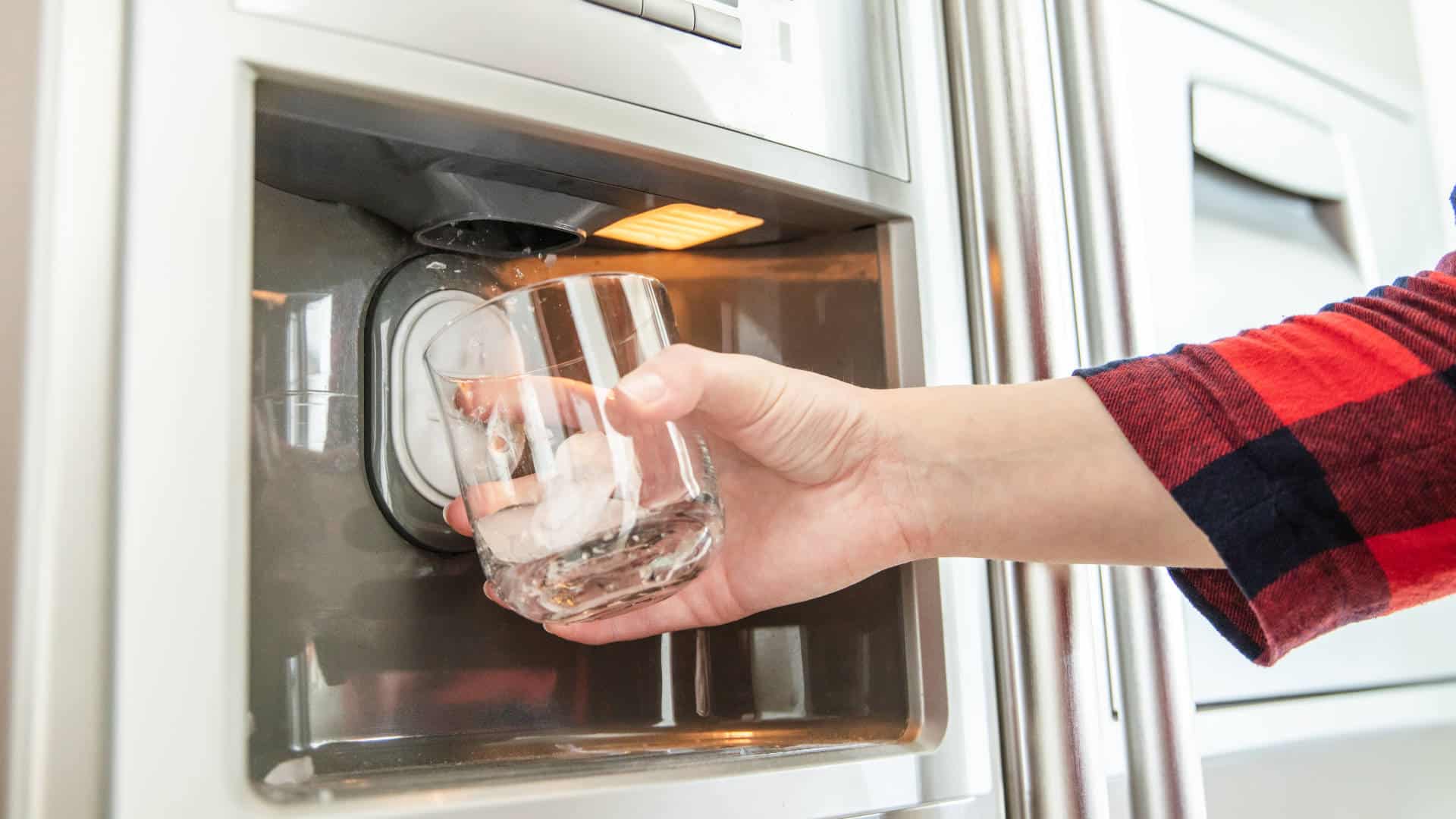
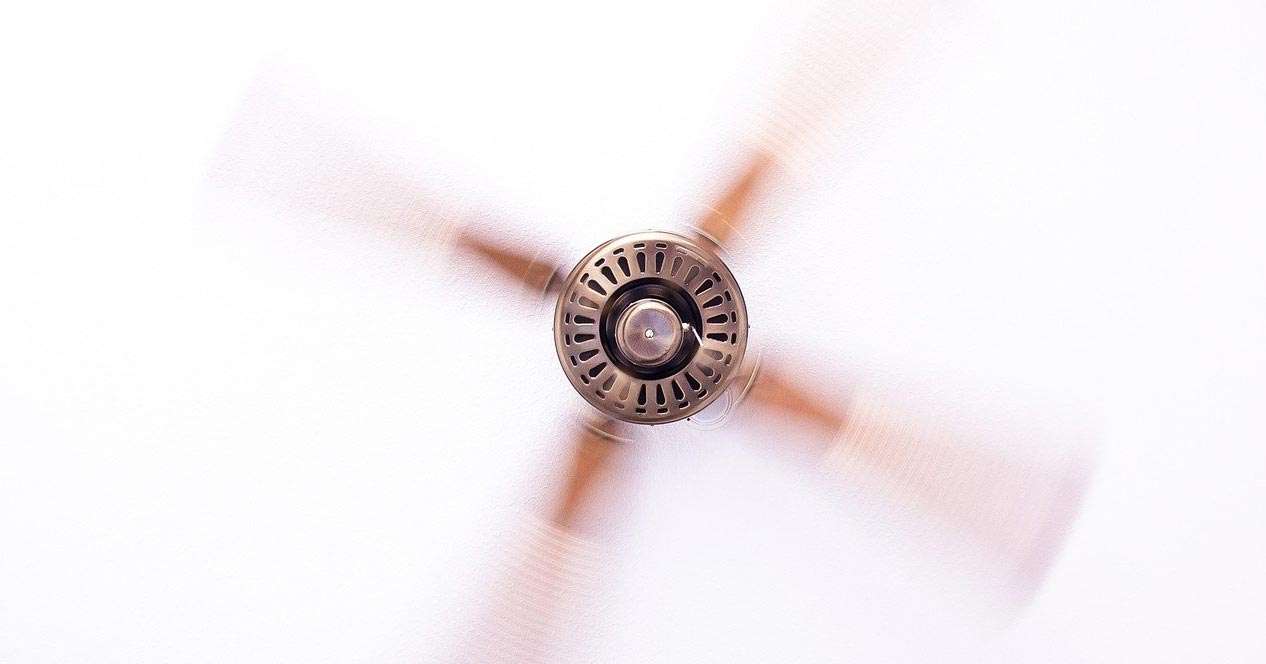
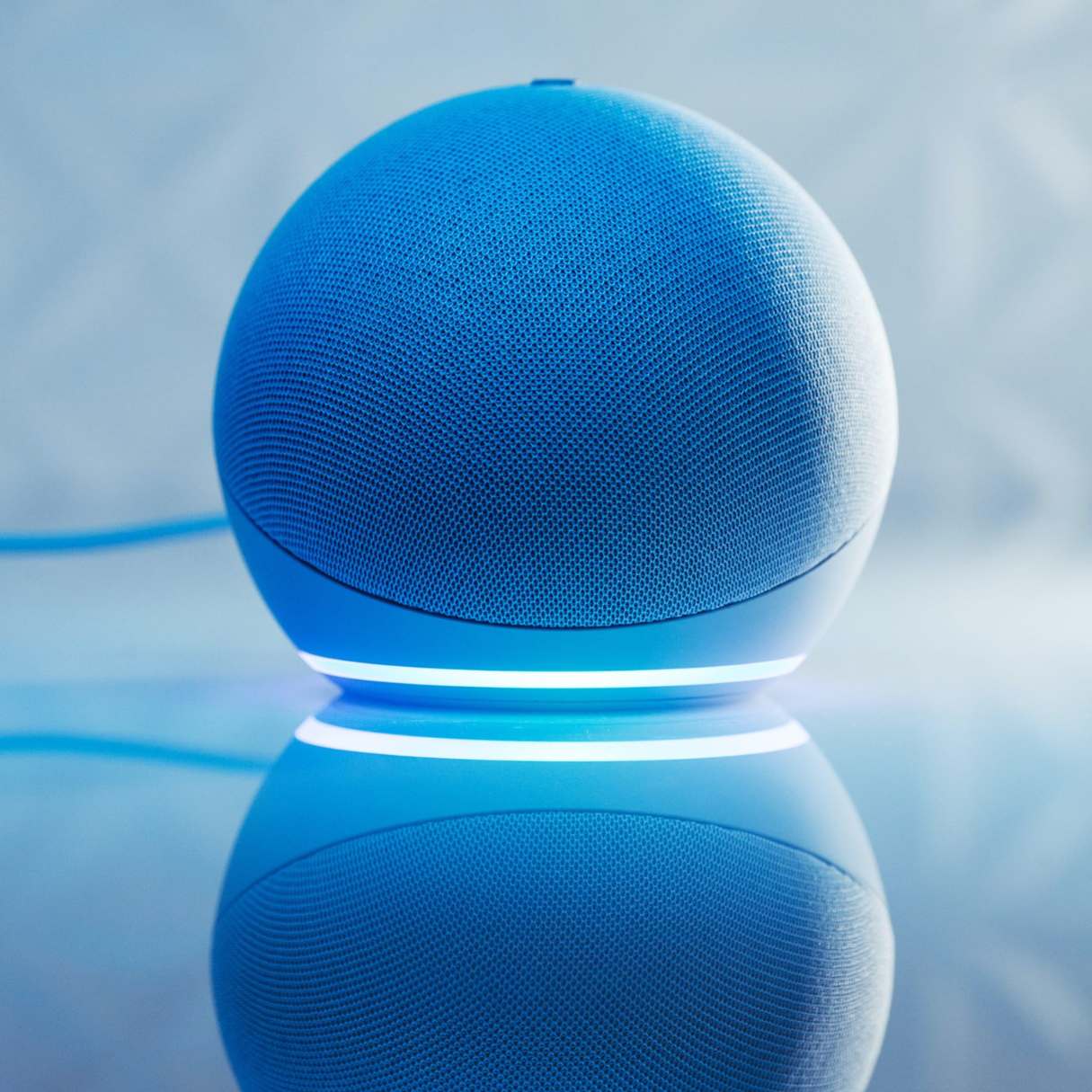

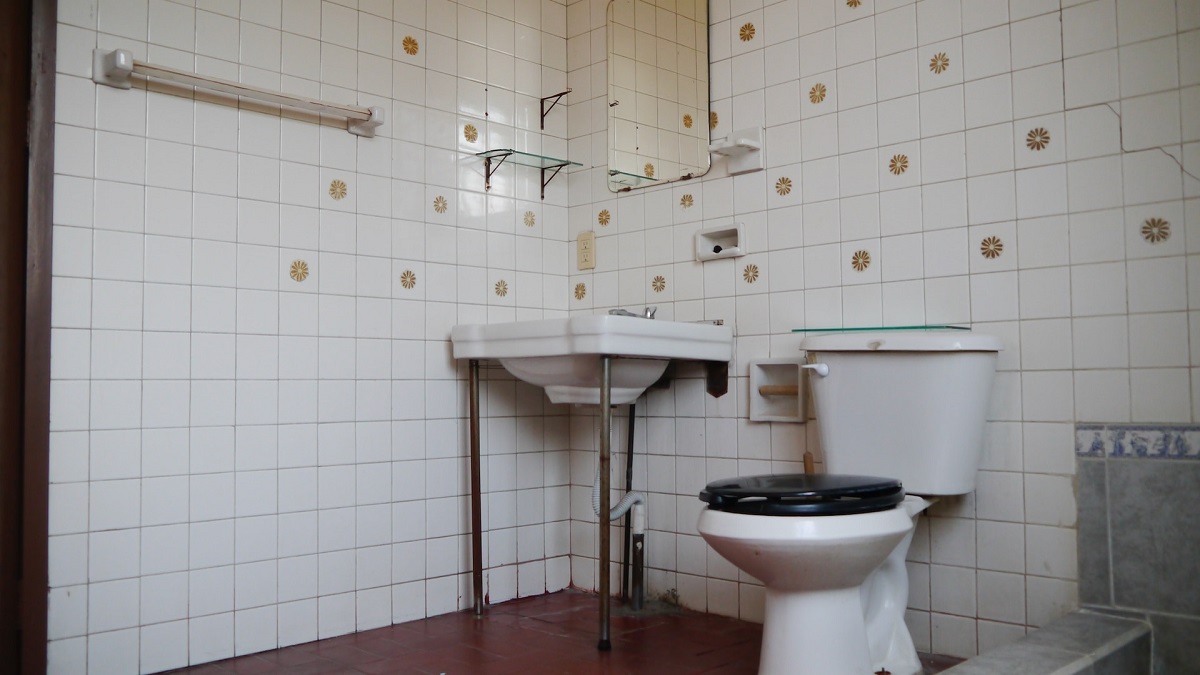
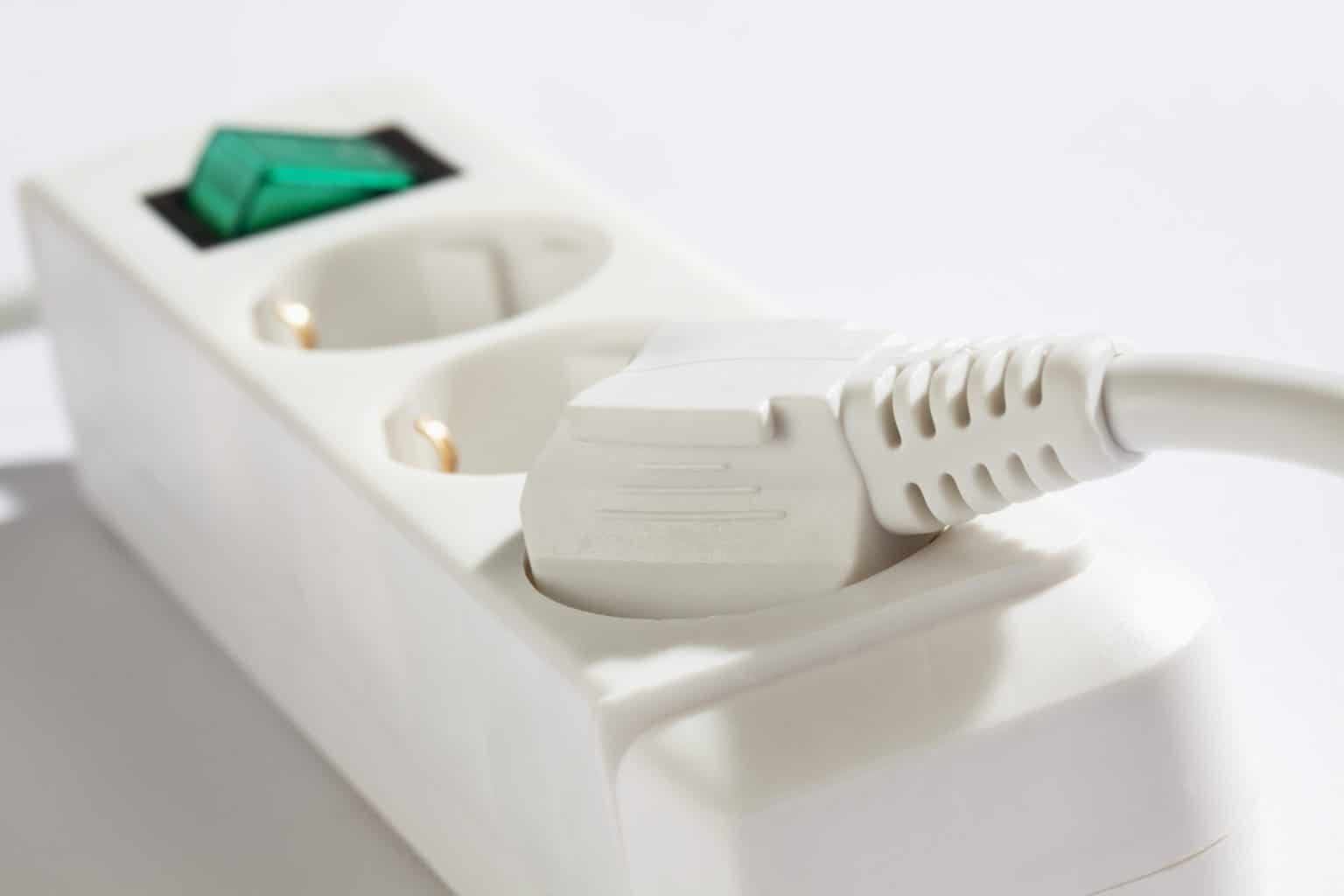
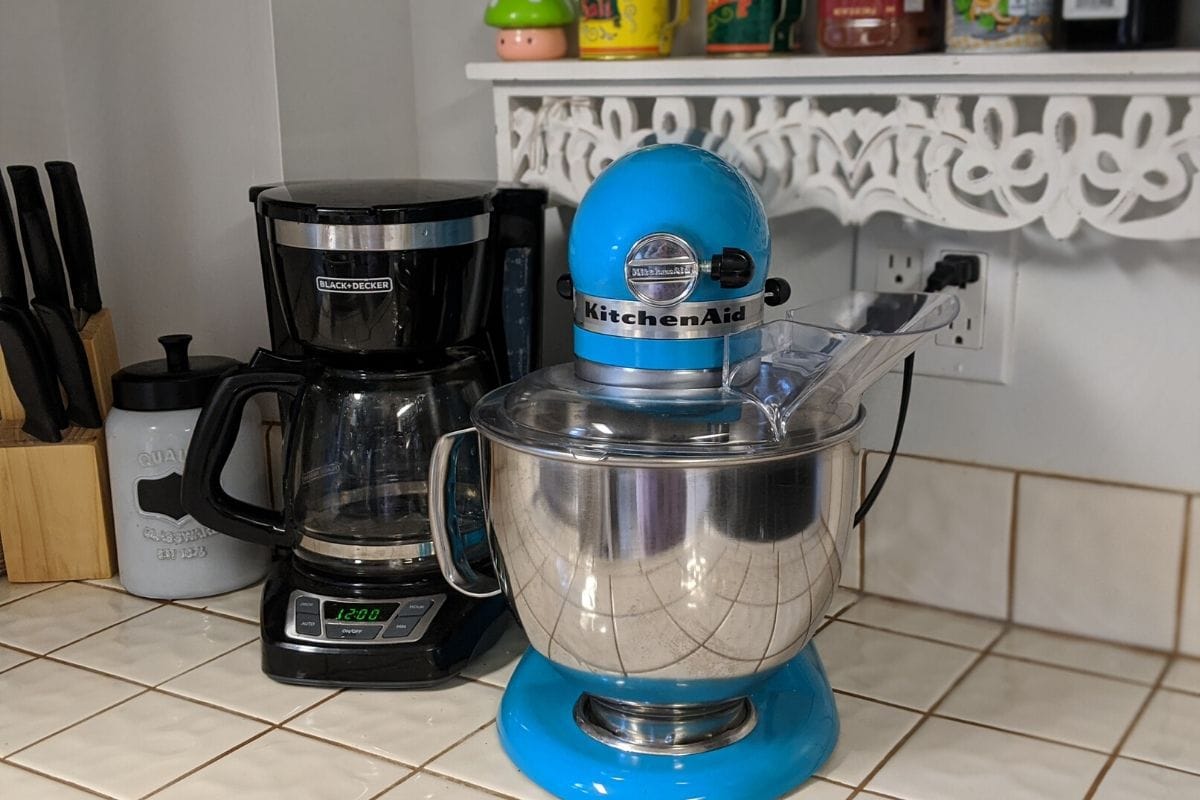
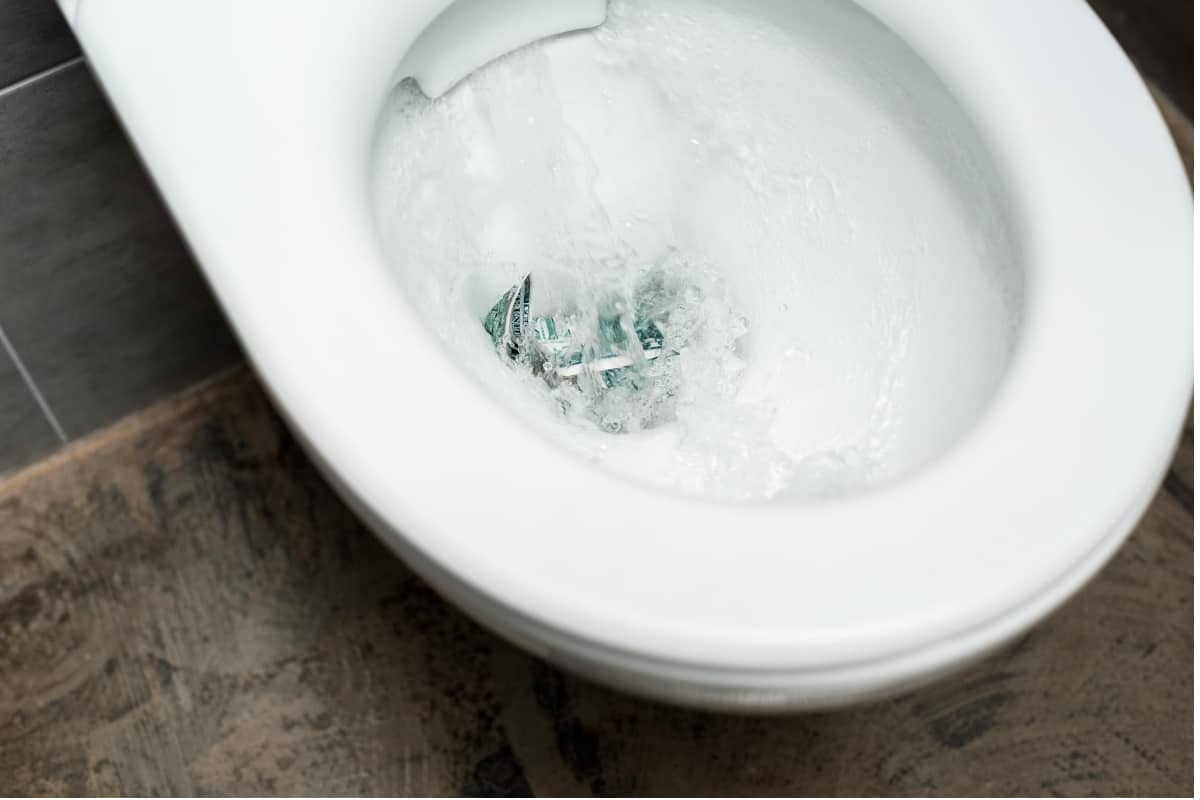
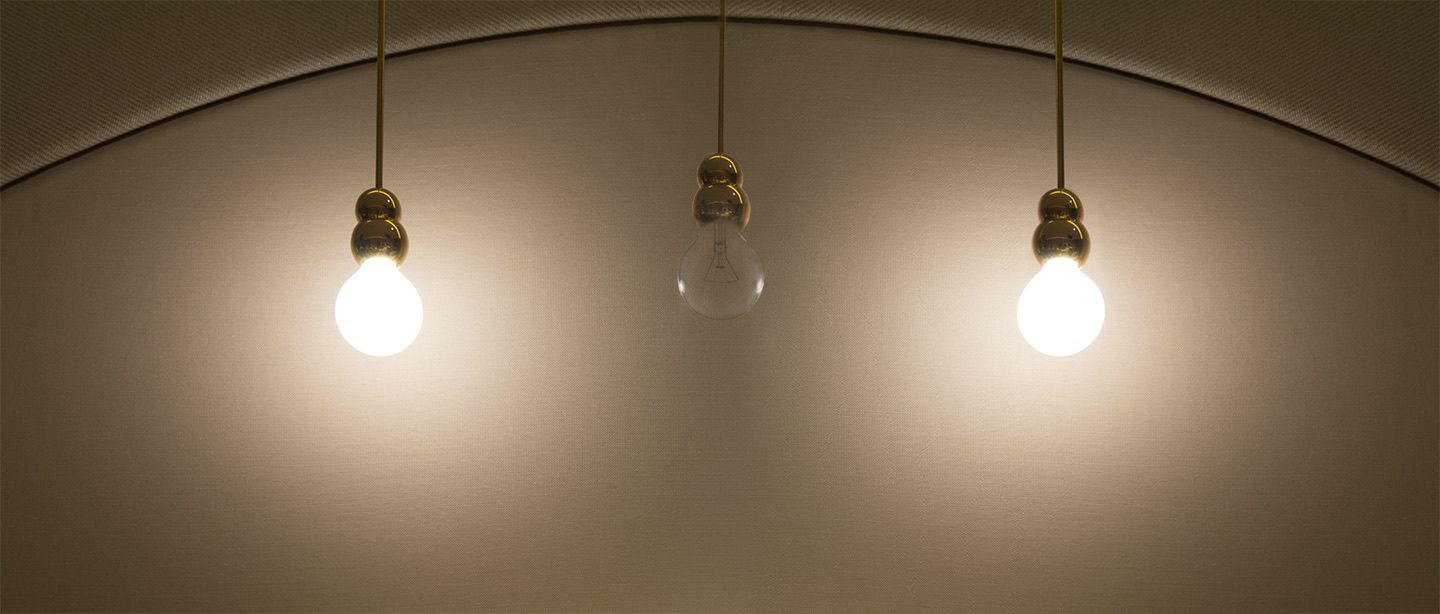
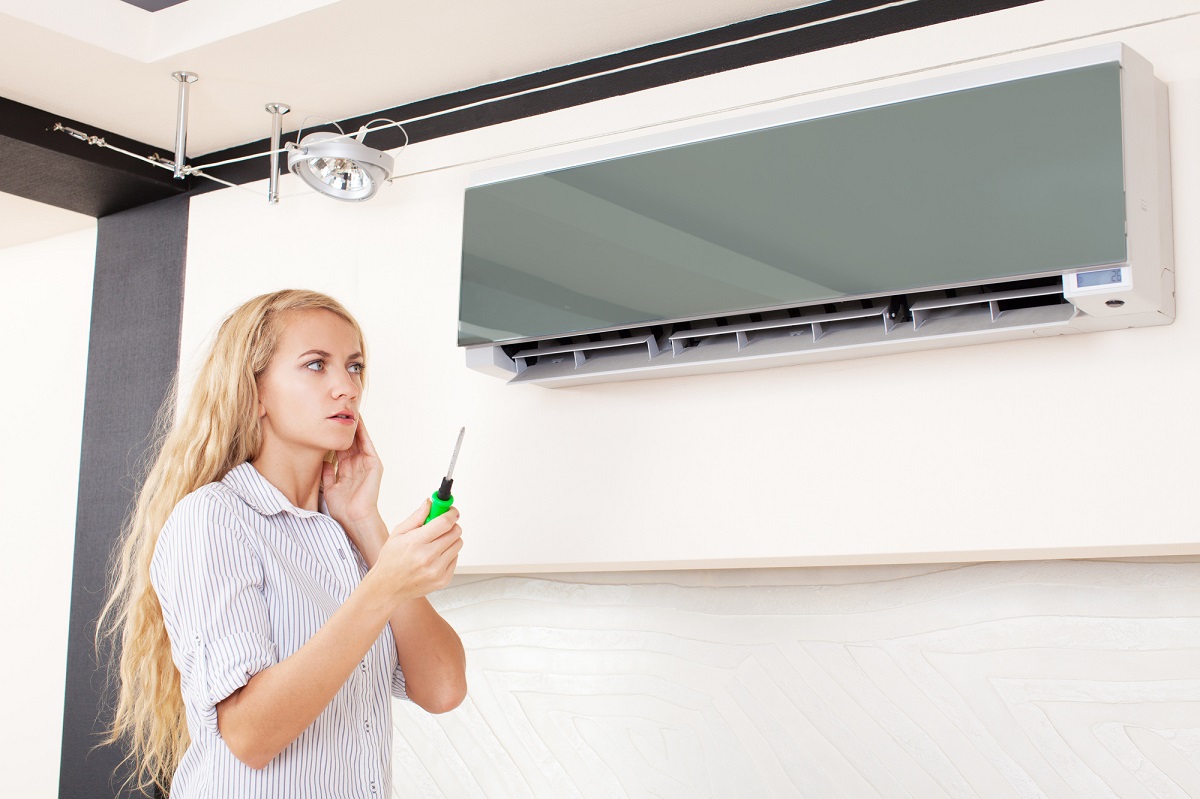
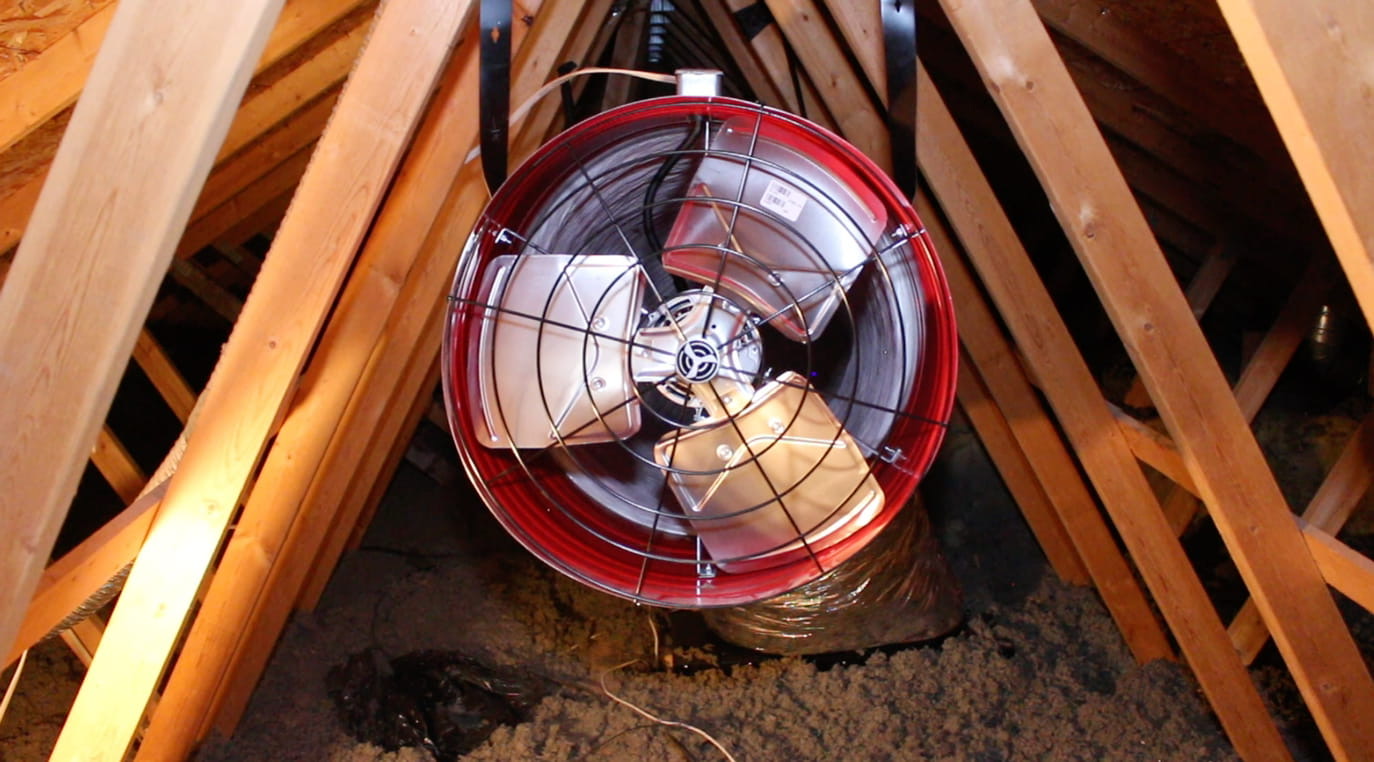

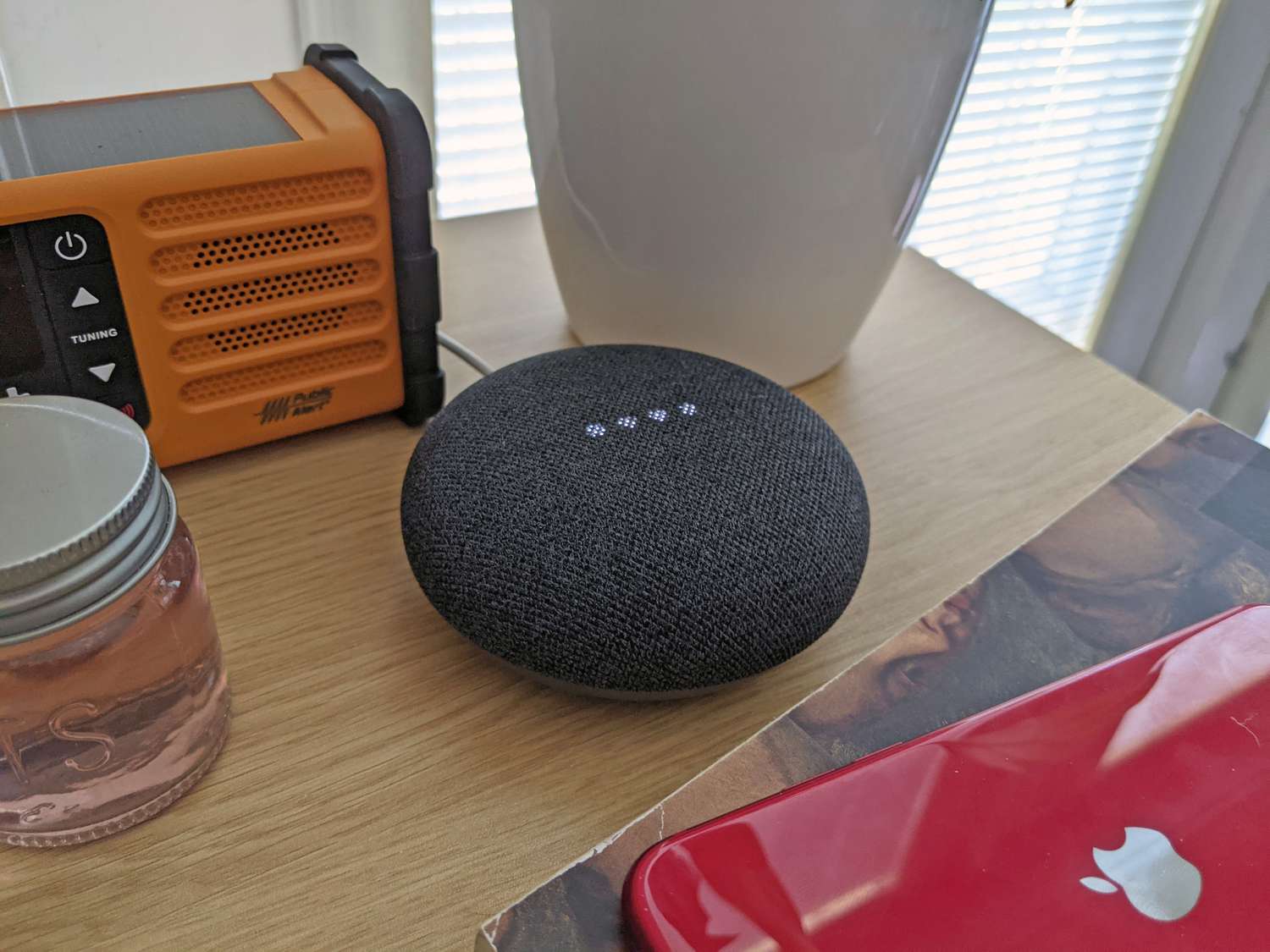

0 thoughts on “Why Is My Projector Making Noise”